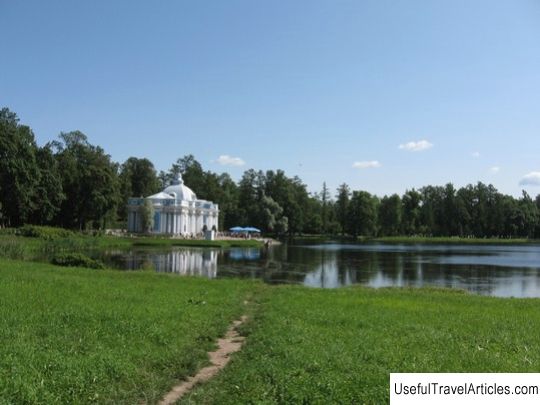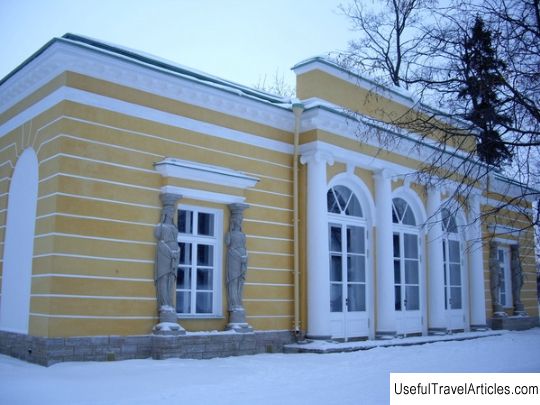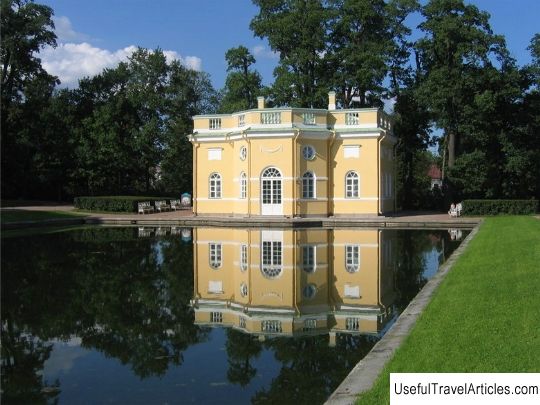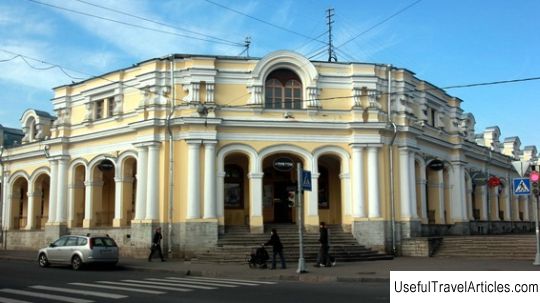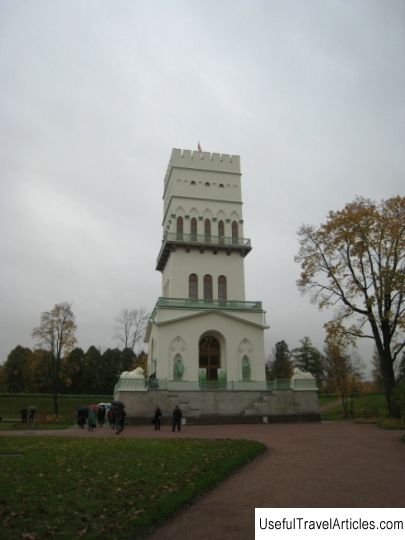Granite terrace description and photos - Russia - St. Petersburg: Pushkin (Tsarskoe Selo)
Rating: 9,2/10 (2953 votes) 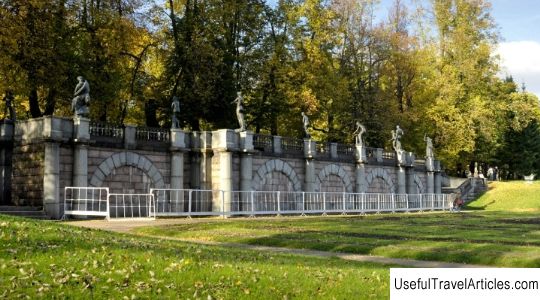
Granite terrace description and photos - Russia - St. Petersburg: Pushkin (Tsarskoe Selo). Detailed information about the attraction. Description, photos and a map showing the nearest significant objects. Photo and descriptionThe granite terrace in the Catherine Park was built according to the project of the architect L. Rusk at the beginning of 1810. But the history of the buildings erected on this site dates back to the 1730s. A little later, the Roller Coaster appeared here, which was a complex structure for entertainment. It was built according to the design of F.B. Rastrelli. The central building was a two-story stone pavilion. The lower building housed three halls: a games hall, a central hall and a dining hall. Slopes with platforms adjoined the central part of the pavilion on both sides, from which they rolled down on rails on mechanical gurneys to the Red Cascade and the Big Pond. The technical equipment of the rolling mountain was designed by the famous Russian scientist A. Nartov. Next to the slopes were carousels with swings and other devices for outdoor amusement. In August 1764 it was decided to lengthen the skates. In 1765, according to the project of the architect V. Neelov, the third slope was added to the mountain. Two slopes were intended for summer skiing, and the third for winter. Lady Dimsdale, a famous memoirist who visited Tsarskoe Selo in 1781 with her husband, described Roller Coaster as several hills of different heights, which stood one after another. The highest mountain was nine meters high. The gurney, which descended from it, drove onto the next hill, one and a half meters high. Further, the chariot raced to the last hill in the form of a gentle descent, from which the chariot drove over the water to the island. The total length of the slides was three hundred and two meters. There is an interesting incident that occurred on the Katalnaya Gora. Count Orlov had remarkable strength and could hold six horses in a chariot, galloping at full speed, grabbing the chariot by the rear wheel. Once, while skiing from the mountains, Catherine II almost died. Her gurney is out of rut. And then Orlov, who was riding with her, put out his leg and grabbed the rail at full speed. Thus, he saved the Empress. On the spacious site, which was formed on the site of the dismantled Katalnaya Gora, in the early 1800s. decided to build a Granite Terrace according to the project of L. Rusk (1809). The granite terrace overlooks the Big Pond. Its walls are adorned with imposing columns, whose capitals are made of pink granite, and the trunks are supported by pedestals of gray granite. The walls of the terrace are made of pink granite, and the niches are framed with gray granite. L. Rusca intended to decorate the terrace with marble statues, but his plan never materialized. Copies of sculptures of Apoxyomenos, Venus and Faun with a kid were installed on the pedestals of the columns. The statues were cast by electroplating in the workshop of the Academy of Arts. The sculptures have survived to this day and continue to occupy their former places.  We also recommend reading Peter and Paul Church on Belov Island description and photos - Russia - North-West: Pskov Region Topic: Granite terrace description and photos - Russia - St. Petersburg: Pushkin (Tsarskoe Selo). |
